General Motors Death Watch 176: Oh They Built the Ship Titanic…
Once upon a time, the myth of Icarus personified the warning that pride goeth before a fall (literally). These days, the RMS Titanic’s death by iceberg– on its maiden voyage no less– illustrates the dangers of hubris. That’s because the public considers the concept of an unsinkable ship patently ridiculous. In fact, the Titanic should have been unsinkable (save tsunami, torpedo or ballistic attack). The reasons the ocean liner eventually slipped into the depths have much to tell us about the ship’s corporate equivalent, General Motors.
Many students of this maritime tragedy reckon the Titanic should have avoided the iceberg entirely. When First Officer Murdoch heard the lookouts’ cries, he ordered an abrupt turn to port (left) and full speed astern. His subordinates stopped the ship's main engines, and threw them into reverse. Thanks to an outmoded rudder and a speed record-chasing engine design (a turbine-driven central screw that couldn’t reverse), Murdoch’s order actually decreased the ship’s mobility.
By the same token, when Toyota and other U.S. imports capitalized on the first Oil Crisis, GM’s corporate “rudder” was antique and ineffectual. The automaker’s arrogant administration and byzantine bureaucracy made maneuvering around the crisis impossible. By the time GM produced smaller, thriftier products, it was too little, too late. Flash forward to Toyota’s hybrid Prius and the SECOND oil crisis, and nothing has changed. How could it change when GM has never been to dry dock for a retrofit?
Again, the same sloth that hobbled the Titanic afflicts GM. By refreshing their products more quickly than the General, Toyondissan have kicked the American automaker's ass. Although GM has updated the vast majority of its vast product portfolio (with the notable exception of the eight-year old Cadillac DTS), the refreshes were WELL overdue. The Chevrolet Cavalier lasted almost a decade; the Pontiac Grand Am hung around for six years. How long will GM’s latest products languish?
In “What Really Sank the Titanic," authors Jennifer Hooper McCarthy and Tim Foeke (of the National Institute of Standards and Technology) claim the liner was done-in by the failure of the metal bow plates' seams. Inferior riveters couldn’t produce enough high quality (i.e. slag-free) rivets to ensure sufficient hull strength. The deficiency is partially down to the fact that Harland and Wolff were building THREE of the world’s biggest ships at the same time. In short, the shipyard bit off more than they could chew and cut corners to get the job done.
You don’t have to speak with the millions of customers who've suffered financial and emotional losses due to General Motors’ engineering failures to know that the automaker shares the same over-reach that sunk what should have been Harland and Wolf’s finest hour. But if you did, you’d be shocked at all the corners– both big and small– GM has cut over the years. The world’s largest automaker, the company that OWNED the U.S. new car market, nickel-and-dimed its way into pariah status.
What started as Alfred P. Sloan’s “a car for every purse and purpose” became (and remains) a desperate struggle to produce enough “rivets” (i.e. product) to keep the GM corporate mothership afloat. Is it any wonder that most of GM’s vehicles are uncompetitive when so many must be? We can debate past strategies, but it’s been clear for some time that GM needs just two brands: Chevrolet and Cadillac. Like, say, Toyota (which needs Scion like a hole in the hull).
If GM had just two automotive marques– which could be the plan even as the ship’s lower decks sink beneath the waterline– the quality of each vehicle would be much higher. The company would have had the strength to survive the oil barrel-shaped iceberg.
As most accident investigators will tell you, epic disasters usually occur when there’s a confluence of mistakes. The Titanic wasn’t designed or built properly. It sailed through iceberg-laden waters to set a speed record on its maiden voyage. The First Officer made a lethal mistake [NB: the Titanic may have survived if she’d simply rammed the ‘berg.] Change any one of these factors and the results would have been vastly different.
But none of this alters one important, arguably over-riding consideration: the captain. Titanic Captain Edward J. Smith should have known his ship’s limitations. He should have refused to follow the route chosen for the Titanic’s maiden voyage and/or participate in the record run. He should have trained his crew to execute an appropriate evasive maneuver (or, as above, not) in the face of an entirely predictable event. He should have ensured that there were adequate plans for survival (enough lifeboats). Fate may have dealt him a cruel blow, but he was responsible for his passengers’ safety.
When the history of GM's final fall is written, CEO Rick Wagoner will feature prominently. As well he should.
More by Robert Farago
Latest Car Reviews
Read moreLatest Product Reviews
Read moreRecent Comments
- Corey Lewis It's not competitive against others in the class, as my review discussed. https://www.thetruthaboutcars.com/cars/chevrolet/rental-review-the-2023-chevrolet-malibu-last-domestic-midsize-standing-44502760
- Turbo Is Black Magic My wife had one of these back in 06, did a ton of work to it… supercharger, full exhaust, full suspension.. it was a blast to drive even though it was still hilariously slow. Great for drive in nights, open the hatch fold the seats flat and just relax.Also this thing is a great example of how far we have come in crash safety even since just 2005… go look at these old crash tests now and I cringe at what a modern electric tank would do to this thing.
- MaintenanceCosts Whenever the topic of the xB comes up…Me: "The style is fun. The combination of the box shape and the aggressive detailing is very JDM."Wife: "Those are ghetto."Me: "They're smaller than a Corolla outside and have the space of a RAV4 inside."Wife: "Those are ghetto."Me: "They're kind of fun to drive with a stick."Wife: "Those are ghetto."It's one of a few cars (including its fellow box, the Ford Flex) on which we will just never see eye to eye.
- Oberkanone The alternative is a more expensive SUV. Yes, it will be missed.
- Ajla I did like this one.



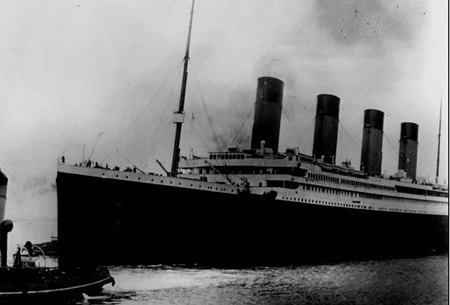















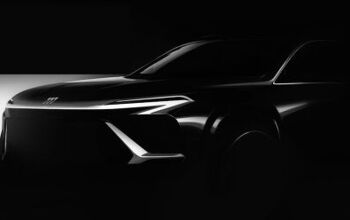

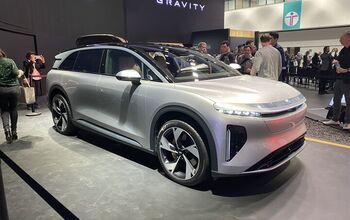
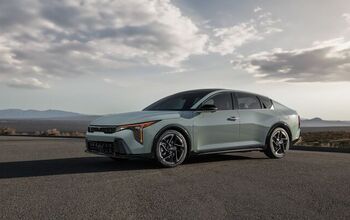
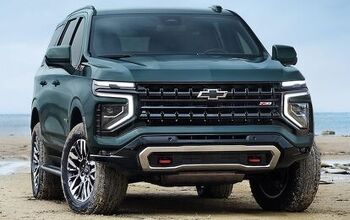

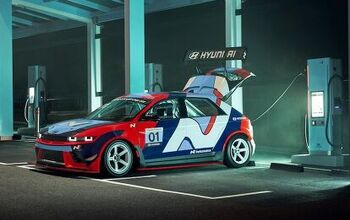


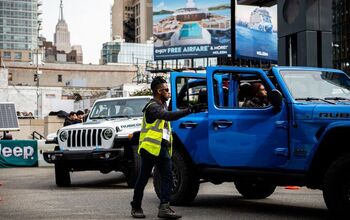

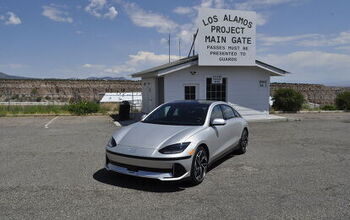

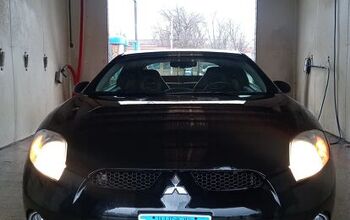

Comments
Join the conversation
Point taken, but the materials are very much at the heart of the matter in this case, because the root of the allegations made by these recent critics is that the rivets used on Titanic had too much slag in them, and thus were metallurgically deficient. While I will grant that the quality of the riveting might have differed based on the skills of the riveter, that's a secondary issue to the allegations already made (although an apt comparison if the Titanic were a lemon in that regard). If the assertion is that the Titanic was vulnerable because her rivets were metallurgically unsound, resulting in inadequate strength, then one has to say that the Olympic should have had the exact same vulnerability, because she used the same rivets, ordered in the same timeframe, yet the Olympic's service career belies that assertion. Maybe Olympic did have bad rivets, along with her sister, but it obviously didn't doom that ship, despite her propensity to strike other vessels, so that suggests that the Titanic was doomed for other reasons, like slamming into an object with a hardness equivalent to concrete at more than 20 miles per hour while under hydrostatic pressure.
Ahhh, Okay, I am having a Gilda Radner moment now. Nevermind.